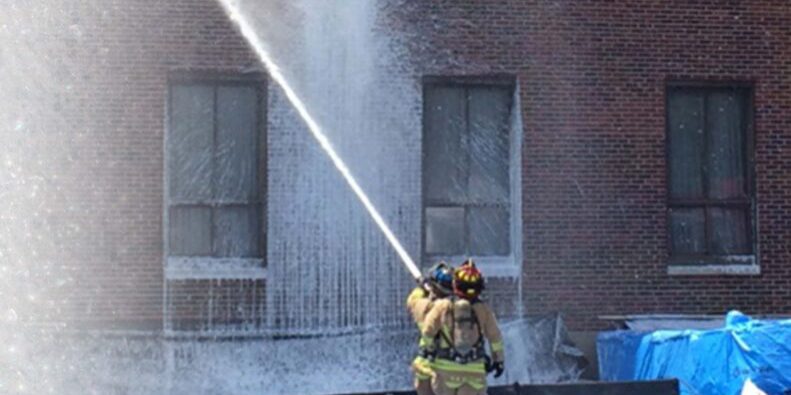If a dirty bomb detonates or a nuclear power plant accident occurs, responders must be equipped to handle the resulting potential wide-area radiological contamination. Minimizing radiological contamination, protecting people and the environment, and restoring services to critical infrastructure is vital. Depending on the scope of the incident, the response could be costly, lengthy and pose numerous challenges to the resilience of the affected community. Having readily available mitigation and decontamination technology options will assist local, state and federal radiation responders to formulate a resilient response and recovery effort in the event of a radiological incident.
By taking advantage of timely, cost-effective mitigation options, early responders will mitigate radiological contamination, thus reducing dose and allowing continuity of response operations and public services. Federal environmental responders, on-scene coordinators and other officials need timely and cost-effective decontamination options, which will enable contamination responders to return cleanup sites to a usable state.
Not every technology will be applicable to a specific incident or available at a specific site when needed. Certain technologies are more effective, but not widely available; others are less effective,
but more widely available.
To ensure decision-makers have a diverse technology toolbox, researchers at the U.S. Environmental Protection Agency, in collaboration with the Department of Homeland Security, conducted
a wide-area urban radiological contaminant mitigation and cleanup technology demonstration. The event replicated an urban radiological incident in order to train researchers and local, state and federal decision-makers on how to determine appropriate containment, decontamination and recovery guidelines.
Researchers demonstrated a toolbox of options to mitigate and decontaminate urban, wide-area radiological contamination stemming from an event such as a dirty bomb detonation or nuclear power plant accident. While organizers did not use live radionuclides in this operational demonstration, they assessed all technologies for their cleanup efficacy using radionuclides in controlled laboratory settings. The demonstration marked the first largescale testing of the technologies, identifying additional research gaps and transitioning research findings to the end-user community.
The operational demonstration examined a number of innovative solutions. The mitigation technology portion of the demo included building and vehicle decontamination technologies and particle and liquid containment strategies. Organizers also demonstrated five technologies for wide-area radiological decontamination, including chemical foam solutions, strippable coatings and gels. Wastewater treatment, a tool for waste management, was also demonstrated. Summaries of highlights related to these three elements follow.
Mitigation Technologies
To help combat the problem of tracking radioactive materials out of a contaminated area by foot or by vehicles, researchers used fluorescent particles to test materials that could potentially
reduce the spread of contamination. Using chemical wash solutions with additives such as foam, local firefighters demonstrated how to wash radiological contaminants off an urban brick building
and off vehicles potentially used by early responders.
Decontamination Technologies
Responders demonstrated gels and strippable coatings designed to trap radioactive contaminants and then peel, vacuum or wash off of buildings, thereby minimizing waste streams. These
technologies were separately demonstrated on small sections of other urban materials, such as granite, marble and limestone, which are often found in urban building settings.
Waste Management
Waste management, a potential stumbling block during radiological response, was an important part of the demonstrations as well. A wastewater containment system coupled to a treatment
trailer designed to treat wastewater was on-site. Treatment of wastewater during decontamination operations may be essential for reuse, as billions of gallons of water could be used if a
large portion of a city is contaminated. Recycling water could lessen the burden on the city’s water supply and potentially reduce the amount of radioactive wastewater to be disposed.


